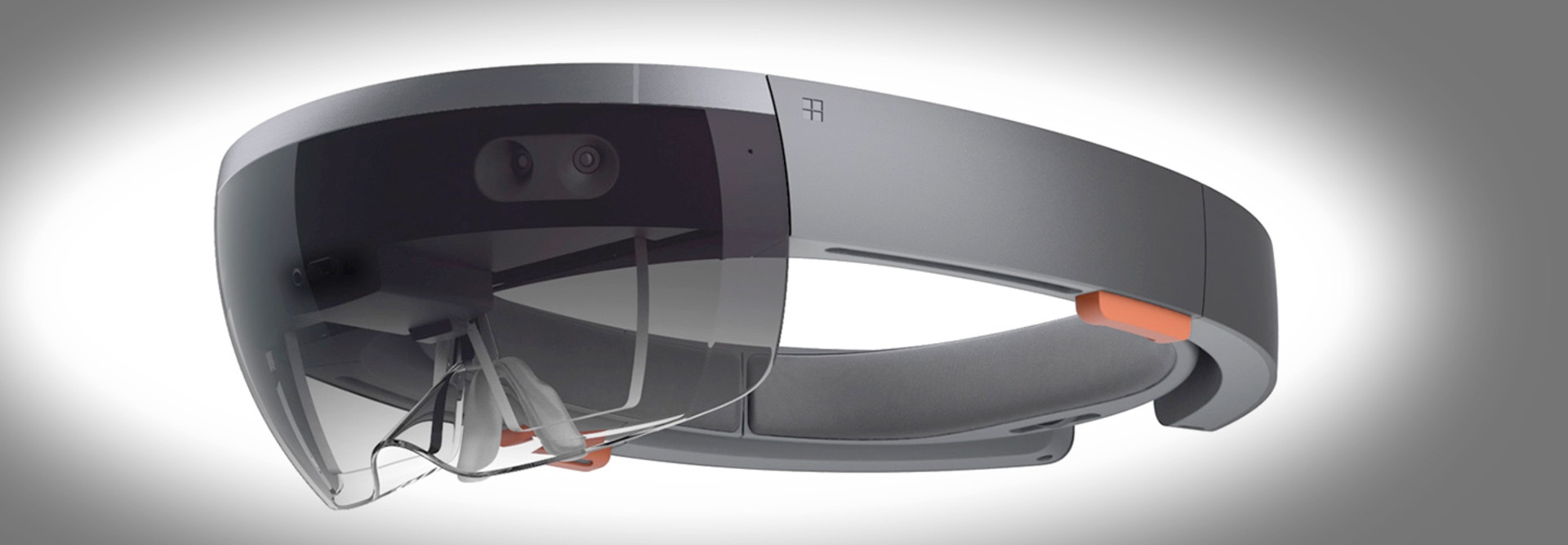Could HoloLens’ Augmented Reality Change How We Study the Human Body?
While the technology world’s attention is on virtual reality, a team of researchers at Case Western Reserve University (CWRU) is fixated on another way to experience the world — augmented reality (AR).
Microsoft’s forthcoming AR headset, HoloLens, is at the forefront of this technology. The company calls it the first holographic computer. In AR, instead of being surrounded by a virtual world, viewers see virtual objects projected on top of reality through a transparent lens.
CWRU was among the first in higher education to begin working with HoloLens, back in 2014. They've since discovered new ways the tech could help transform education. One of their current focuses is changing how students experience medical-science courses.
"This is a curriculum that hasn't drastically changed in more than 100 years, because there simply hasn't been another way," says Mark Griswold, the faculty director for HoloLens at CWRU. "The mixed-reality of the HoloLens has the potential to revolutionize this education by bringing 3D content into the real world."
Looking through the lens of augmented reality, students can witness physiological events in three dimensions, not just read about them. They'll be able to watch blood move through the chambers of the heart and into arteries and veins, enabling students to separate each of these elements and study them in isolation.
That's among the top HoloLens priorities for CWRU right now — developing a digital anatomy curriculum that turns the tables on how students learn this crucial subject matter. But even this novel concept is merely scratching the surface of what could be possible in the future.
AR has the potential to change the social experience of learning and what it means to be “in class,” says Griswold. A professor could be hundreds of miles away, students could even be in another country, but this technology allows them to learn together in real time, he says.
In addition, HoloLens can eliminate the standard barriers surrounding technologies used in classrooms, enabling a truly social experience.
“With a computer or tablet, we always have to look at a screen. … The technology is always in between the people. With HoloLens, the technology very quickly becomes invisible, and we have seen groups of people have very intense interactions around models that are completely digital — they aren’t really there.”
Despite these notions of how the technology could alter the course of education, Griswold says it's too early to chart how AR technologies could expand horizons, because the technology is still in the testing phase. In early April, the first HoloLens units were shipped to developers, which means the commercial release could be soon.
"The practical benefits of Microsoft HoloLens’ mixed-reality technology for higher education are so vast we probably will be discovering new ones for years after the devices reach classrooms," Griswold says.









